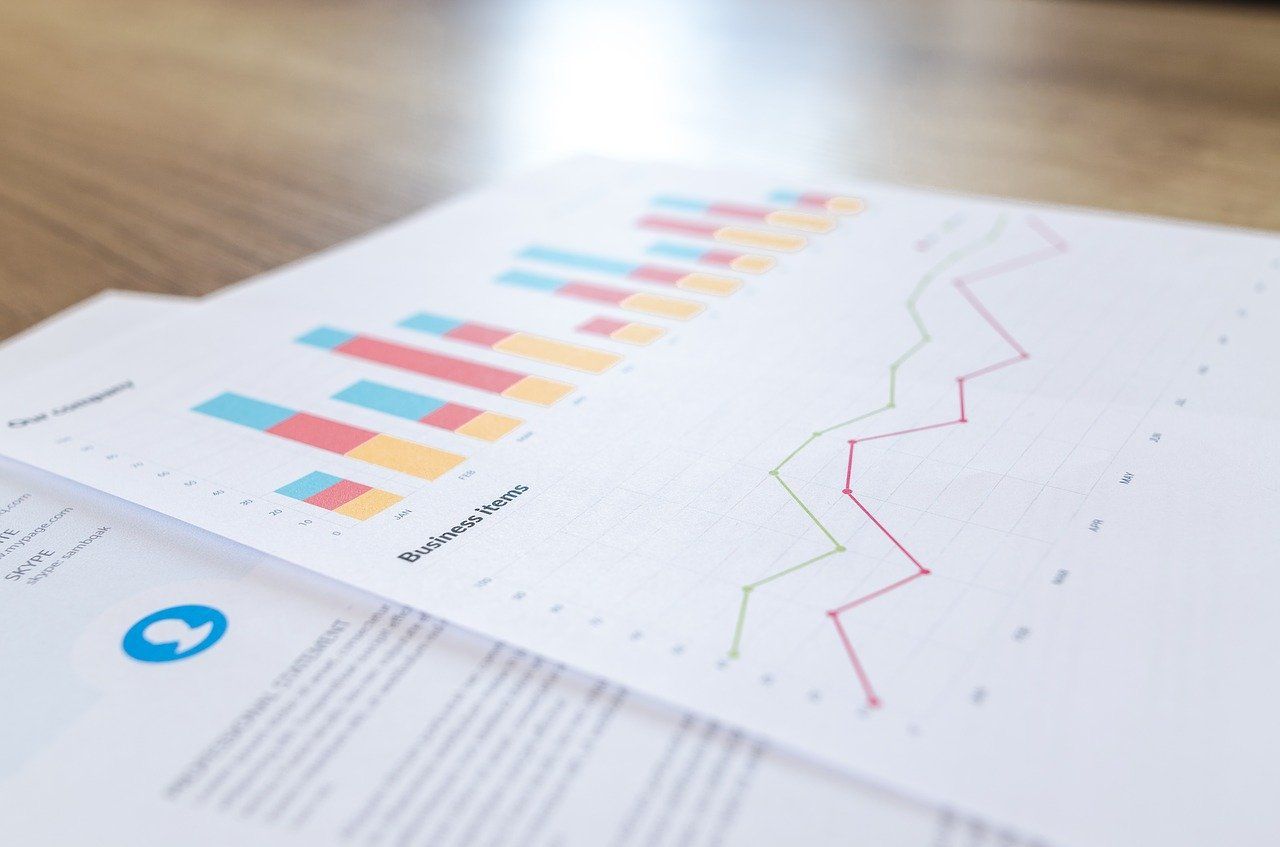RPA enterprise investment is soaring. The Everest Group reports that top performers earned nearly 4x on their RPA investments, while other enterprises earned nearly double. McKinsey research suggests that as many as 45% of the activities individuals are paid to perform can be automated, and the Institute of RPA claims that RPA robots cost about 1/5th the cost of onshore workers. Low Enterprise costs, high return - an IT slam dunk?
Let’s break down the 9 major metrics to take into consideration when calculating the ROI of RPA:
The Investment
RPA is not nearly as complicated as some other in-house applications or application integrations. However, there are some factors that need to be accounted for:
- Development: Development, testing and rollout periods for a new bot may just take 2-6 weeks. That wouldn’t even cover the ideation and/or design phase of an enterprise implementation! But, this timeline can be thrown off track with inconsistent process definition, shifting back office systems or APIs, and large process variations that create difficulties in building logic.
- Licensing: Licensing of the bots, orchestration and reporting do not scale linearly with bot execution - and early in an organization’s RPA execution, the price per bot may seem far higher than justified.
- Infrastructure & Monitoring: A large benefit of RPA is the low infrastructure requirements to deliver these processes - typically just Windows based infrastructure for bot execution, bot delivery/orchestration and reporting. However, as the importance of the bot’s role increases, so does the infrastructure requirements and monitoring necessary to ensure availability - including High Availability / Disaster Recovery strategies, etc.
- Maintenance: Finally, an often overlooked aspect of ongoing costs is “breakage”. RPA is a system dependent on systems, and minor tweaks and modifications are a part of life. This doesn’t necessarily mean that each change is significant, but it does mean that they need to be made and tested quickly to get the bot back to executing. The ongoing costs of a dedicated RPA maintenance team is typically not in the budget of internal implementations.
None of these costs are excessive, but they do add-up and can turn into an unknown variable when looking at RPA total cost of ownership (TCO). In addition, many of these costs have a higher per-bot cost when there are small number of executing robots vs. when your implementation is executing “at-scale”. With a small number of bots, those costs will eliminate the financial aspect of the return on investment, leaving leadership questioning “what did we gain?”
This point is exactly why we created Optezo. With our RPA-as-a-Service model, your organization instantly has an “at-scale” RPA cost structure even in the early days of your RPA revolution.

The Return
Now let’s move onto the good stuff. The Return.
- Process Selection: The process or processes selected for automation has probably the largest impact on return. The amount of repetition in task, the standardization of process, the amount of “process-distraction” occurring, and other factors all go into the selection of the right process. Using the Optezo Process Catalog, we have the playbook for where to start for your organization. The low-hanging fruit are there for quick-wins, and the right process strategy behind the initial bots will deliver value exponentially. Learn more about picking the right use cases in this blog post.
- Utilization: It can be easy to equate human-worker utilization with bot utilization, but the value is far beyond 1:1. Bot utilization ≠ Human worker utilization. Bot utilization is one of the most important factors to ROI as the bot’s costs are “fixed” regardless of the amount of processing being performed. If we target a bot utilization of 90%, or 22 hours a day for 365 days/year, we have over 8,000 hours of bot productivity to fill. As a bot can also manage a queue of tasks, low priority tasks can be performed off-hours or as the bot queue permits. This allows a single executing robot to perform a massive amount of human worker hours in a single period.
- Speed: On average, a bot can execute at around 10x the speed of a human worker. Without breaks or distractions, and with a faster navigation, data entry speed, execution of process, a bot can execute a typical manual process in a fraction of the time. This compression of work effort is not just valuable towards the ROI of the process being automated, but it also allows for an increase in the utilization of the robot performing work.
- Accuracy and Compliance: Last on this short list of benefits is the inherit benefit from having no mistakes. No missed keystrokes, no missed fields, no transposing numbers. The bot performs its duties as instructed, with the same data accuracy as the data being provided to it. High compliance businesses (whose isn’t?) begin to really realize ROI in this area, reducing expenses associated with incorrect data, removing effort and costs associated with data re-work.
- Cost Avoidance in Digital Transformation: The final benefit is the value RPA can provide in cost avoidance in other areas. Massive behind-schedule enterprise integration engagements? Tight-timeline system integrations due to a merger or acquisition? Transitioning ERP packages or upgrades where there’s an overlap of system record? All these, and more, are great uses of RPA to bridge-the-gap of digital transformation engagements. Maybe these robots are only used for a short period, or maybe they push out expensive integrations for a decade - with a low cost of ownership of the bot, it’s a decision that can be made at any time.
Take Away
The benefits of RPA are real and significant. With proper process selection, bot utilization, and process alignment, even a single RPA bot can have an impactful value on an organization. At scale, with 10, 20, 50 or 100 bots in use, the benefit result of your RPA strategy could be the largest of any other internal project. With the strength of Optezo’s process catalog and delivery, your organization will achieve those benefits faster and with less stress.
The investments for RPA are not to be overlooked. With a low number of bots, the costs per bot can be significant and eat into a large part of the benefits being provided. Optezo’s RPAaaS value is being able to give you “at scale” pricing from bot #1, allowing early robots to have an even higher ROI, creating momentum within your organization, and helping launch RPA to whole new groups of process owners. Contact us today to hear more about Optezo’s RPAaaS.
